In my recent post about giraffes, I forgot to cover an important part of their wonderfully bizarre appearance – those “horns” on their head. I say “horns” because they’re not technically horns – they’re called ossicones. When I found that out, it got me wondering: how are ossicones different from horns? And are horns different from antlers? Why do animals have horns or antlers or whatever at all?
Ecosystem Ed.: Wetlands
in an effort to draw attention back to the environments where these animals live, I’m starting a series of posts that focus on different types of ecosystems around the world! I’ll break down each type of ecosystem to the basics: what, where, why, how, and who, along with some fun facts. This week, we’re focusing on WETLANDS.
Take Nothing but Pictures?
In one of my earliest blog posts, I wrote about the ethics of wildlife photography. I summarized my list of guidelines with the adage, “Leave nothing but footprints, take nothing but pictures.” While I still stand by my guidelines, I now think that that phrase leaves something to be desired. It’s a good principle, but it’s a little too simplistic…
A Brief History of the Giraffe
I’ve talked a fair amount on this site about some of the world’s lesser known species, and why they deserve your attention. … But people gravitate towards what they know, and it’s important to remember that when trying to promote conservation. So this week, I’m turning my attention back to one the more famous species. After all, there’s a reason that giraffes are so well-known around the world…
Ansel Adams: Photography for the Parks
Last week, I delved into the early history of the US National Parks: their origins, their development, and their advocates – particularly John Muir, founder of the Sierra Club. Who would continue his legacy? Who could keep up that fight with the same level of passion and ability to share the importance and beauty of the wilderness with the American people? Enter Ansel Adams. …
John Muir and the National Parks
Earlier this week, the US celebrated its 242nd Independence Day, and I kind of… forgot about it. I live outside of the US, and I’ve never really been a super patriotic person anyways, at least not in terms of the flags and the songs and stuff like that. But there is one thing that makes me very proud to be American, and that’s our National Park system…
A Microcosm of Biodiversity
“Biodiversity” is a pretty all-encompassing term. Many people use it when talking about worldwide biodiversity, i.e. all of the different animals on the planet, from parrots to parrotfish. But the term also applies to smaller groups – in this case, much smaller. We can see tremendous biodiversity just by looking at one tiny subset of a single family of insects: Formicidae – better known as ants…
Strange Sharks
Guest Post: How Photography Taught Me to Love Science and Preserve the Planet
Animal Intelligence
I’ve written about animal intelligence before, to some extent. A few weeks ago, I talked about some small cats, including the margay, which is the only known predator to use vocal mimicry to try to lure its prey closer. In one of my earliest posts, I celebrated the kea, NZ’s native alpine parrot that’s at least as smart as human 4-year-olds…
Comedy and Conservation
Living Costs
After writing last week’s post about small cats, I remembered a Washington Post article from last year about bobcats. Specifically, one particular bobcat that brings in over $308,000 USD for Yellowstone National Park and the surrounding area every year. … These scenarios are some of many where a dead animal may be worth some money, but a live animal can bring in a disproportionately higher amount….
Move over, big cats
When it comes to publicity for protecting wild cats, the big ones get the lion’s share of attention and funding. The 7 big cat species are some of the best known animals in the world. But what about the world’s other wild cats? There are 33 known “small cat” species around the world that are just as important and deserve just as much attention…
What's in my camera kit?
Earlier this week, I took advantage of an unusually warm and clear autumn day to go explore the coast around Dunedin. It was also an excuse to properly try out my new telephoto lens! As many photographers will tell you, it’s really important to know your equipment well when you’re photographing wildlife, so I took most of a day to learn the ropes of the nicest, biggest lens on the best camera I’ve ever had…
